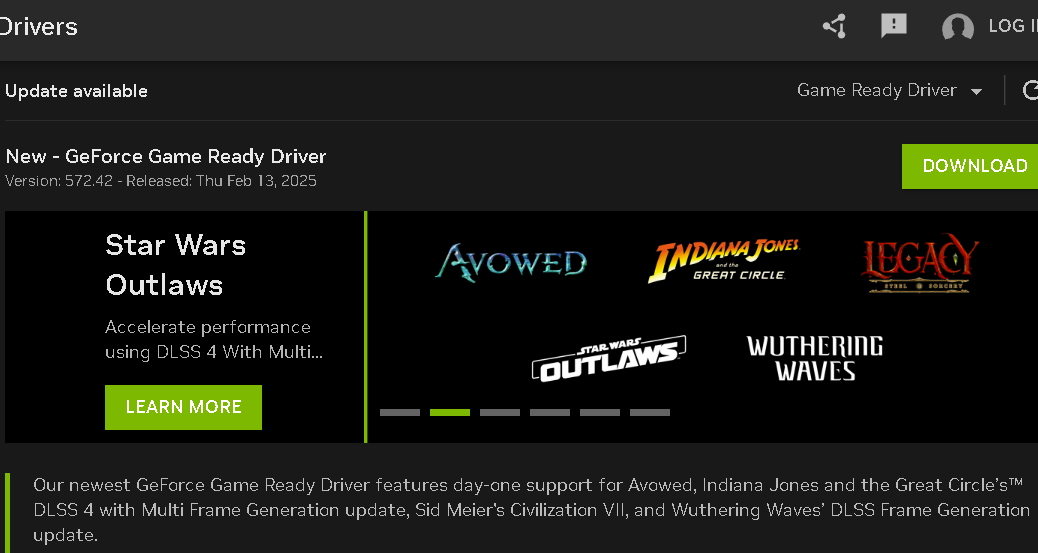Allrighty, then: I’m packing up the Lenovo All-in-One for return to North Carolina. It’s been fun, but it’s time to say “So long, ThinkCentreM90A Gen5 AIO.” As I’m readying the unit for return, I’ll also file this blog post by way of final thoughts and farewells to this doughty device. Overall, it’s actually quite fast and capable.
Adieu & So Long, ThinkCentre M90a Gen5 AIO
Overall, I like the performance and compactness of this All-in-One. As I said before, this unit would make a great office/cubicle PC; ditto for college students looking for a dorm room desktop. It would, however, make sense, to spend ~US$500 less for 8GB RAM and 256GB SSD with no optical drive, then add more memory and a second SSD at market prices to match the pricier configuration. That’s because, as configured, this unit costs around US$2K (i7-14700, 1TB SSD, 32GB RAM, Windows 11 Pro, optical drive).
I also don’t understand why Lenovo didn’t provide Thunderbolt 3 or better ports — ideally, USB4 compliant ones — in this AIO. It comes equipped with numerous USB-A ports and a single USB-C (8 in all). Alas, they top out at 10 Gbps USB 3.2 Gen 2 speeds (2 of those, plus another 6 USB 3.2 Gen 1 5Gbps ports, all of the Type A variety).
An AIO Past Its Peak?
Though the CPU is a speedy 20-core model (8 P-cores for 16 threads, 12 E-cores for a total of 28 threads altogether), no NPU means this unit is not Copilot+ capable. Those wishing to exercise Windows 11 24H2’s more advanced AI capabilities can’t do so on this PC. I’m also a bit vexed at the lack of high-speed USB as well. But if those things don’t play into your users’ computing needs, this is a solid, work-ready PC. If I were going to buy one myself, though, I’d look for refurb deals or discounts from Lenovo or other resellers.
The display is gorgeous (2880×1800) and supports refresh rates as high as 160MHz. It’s a treat to look at, and work with. I also hooked it up to a 34″ external Acer monitor, and the Intel 770HD chipset had no issues driving its built-in 24″ display at the same time. It made for some impressive and watchable screen real estate. Yes, I know: that plays against the compactness factor, but I was curious! HWiNFO output for the built-monitor serves as the lead-in graphic here.
As the unit heads back to the reviews team, I find myself wondering what Lenovo might send my way next. Stay tuned: I’ll tell you all about it. Can’t wait!









